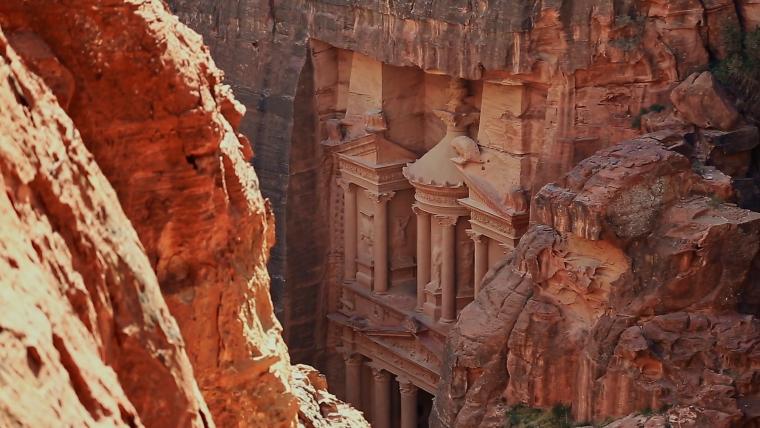
Petra: Unearthing the Lost City of Jordan
Over 2 000 years ago, a city of stone was sculpted in the basin of the Jebel al-Madhbah mountain. The intricate labyrinth of structures and buildings make up what is now known as Petra. The ‘Lost City’ was carved out of the pink-hued sandstone, until it was abandoned by its people and untouched for hundreds of years. Today, this World Heritage Site stands to tell the forgotten stories of the Nabataean Kingdom.
The canyons and valleys of the Arabian desert form the streets and pathways of this ancient civilisation. It’s not difficult to imagine what Petra looked like in its heyday, with markets bustling and bright colours lining the magnificent rock faces. Intricate water systems allowed Petra to become an oasis for caravans along the Incense Road trade route. Since the city was deserted in the eighth century, the water and irrigation systems fell into disrepair and the arid landscape took over once again. With remnants of the city having survived the centuries, there are opportunities to explore both ruins and perfectly preserved structures.
Details line every element of Petra’s architecture, with delicate carvings adorning the buildings. Leading into the city is the Siq, a narrow pathway that winds over a kilometre through a canyon. The walk pays off as it ends at one of the most iconic ruins of Petra – Al-Khazneh, known as the Treasury. Believed to be the mausoleum of a previous ruler, it towers at 40 metres tall and is carved into the rock. But this awe-inspiring structure is not the only attraction.
Rock paintings were discovered tucked away in a lesser known part of Siq al-Barid, or ‘Little Petra’. Hellenistic in style, they are so detailed that it’s possible to identify the plant and wildlife species that are depicted. Be prepared for an eight-kilometre walk through the desert, or arrange beforehand to find a licensed camel or donkey handler to make the trip. A picnic in Little Petra provides an opportunity to sit among the archaic scenery and take a break. To travel further back in time, journey to Wadi Rum 114 kilometres outside of Petra, where 5 000-year-old petroglyphs were found.
Much of Petra remains to be explored, with over 80% of the city still undiscovered. In 2016, a monument which had been covered by sand and hidden for centuries was unearthed. Petra offers some of the rarest architecture in the world. Having stood the test of time, this city is an archeological phenomenon.



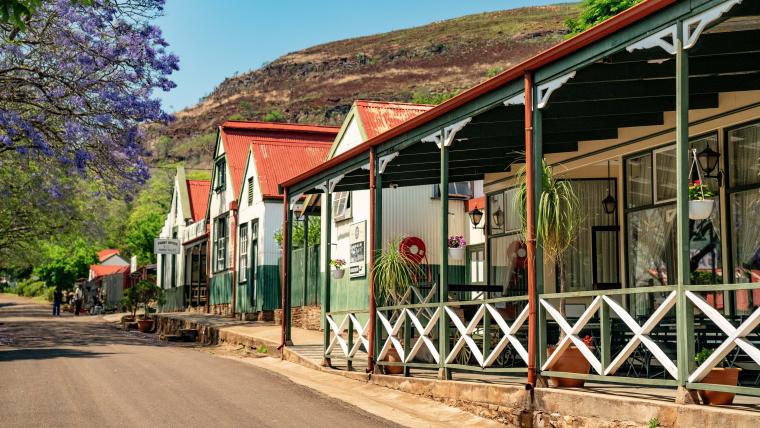

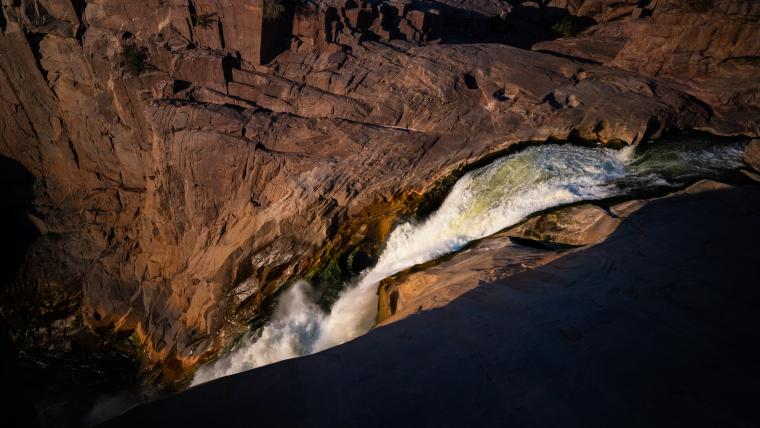
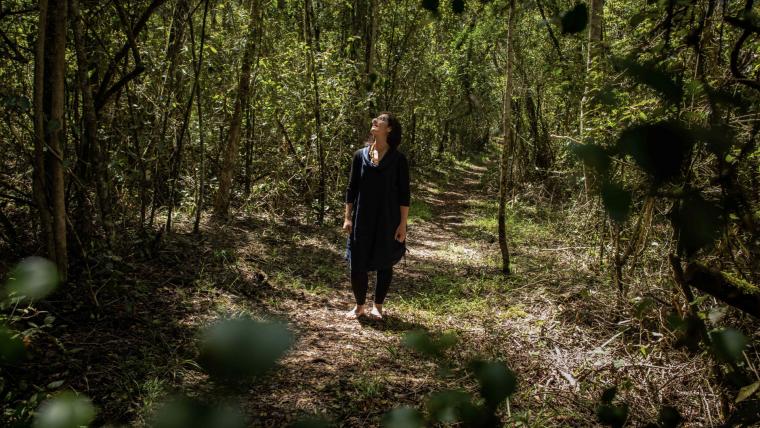

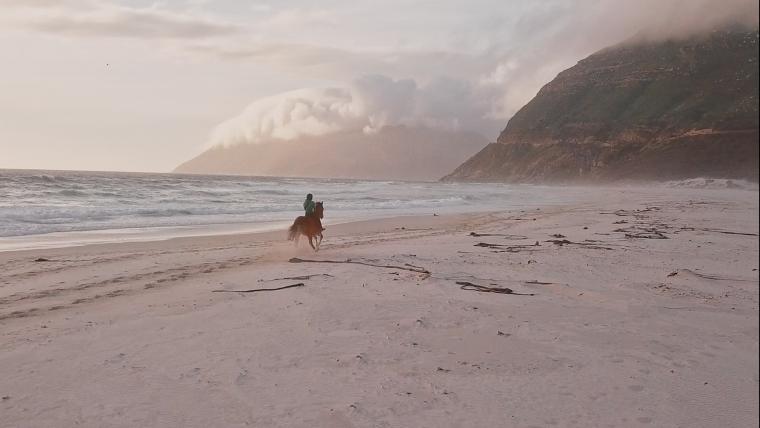





















Please sign in to leave a comment